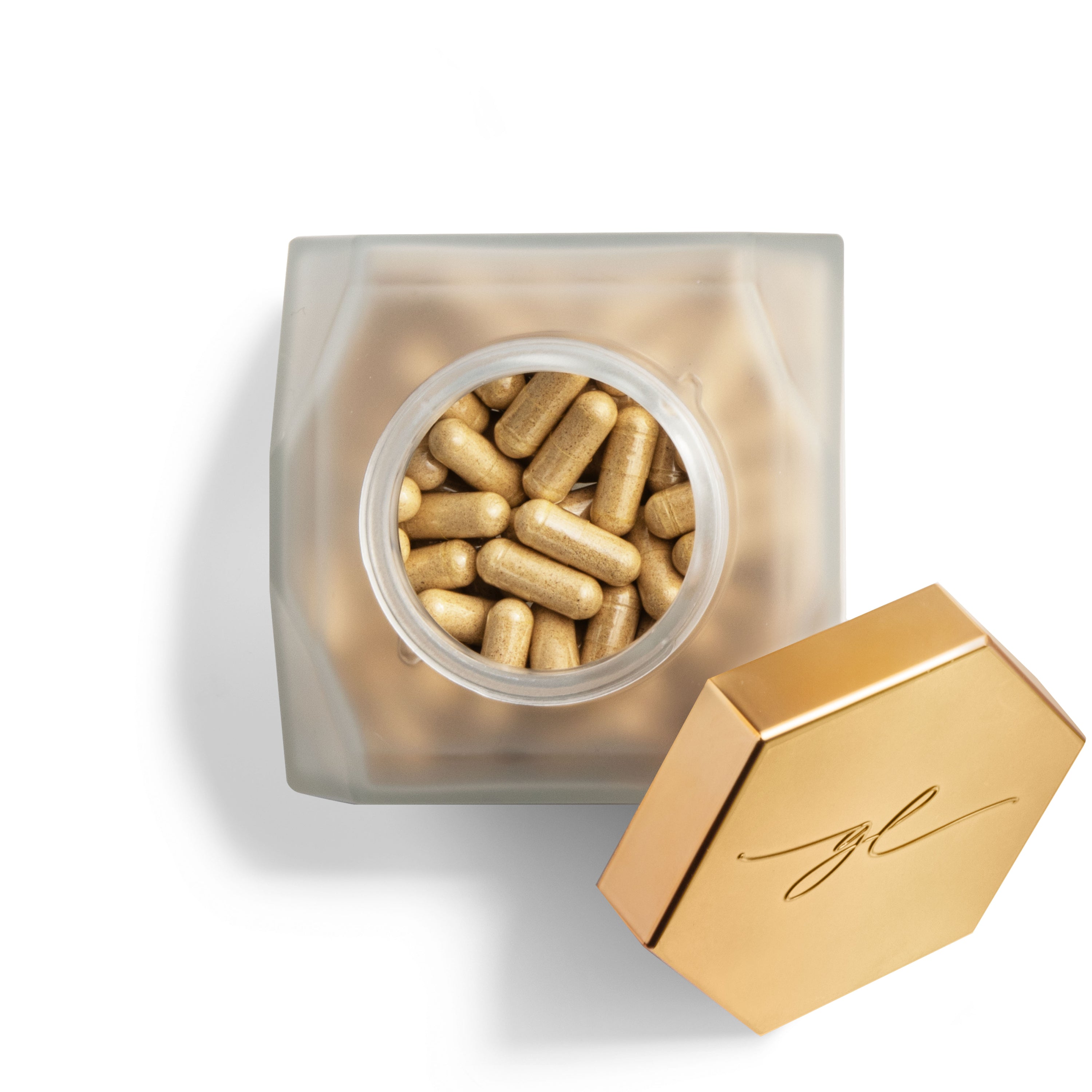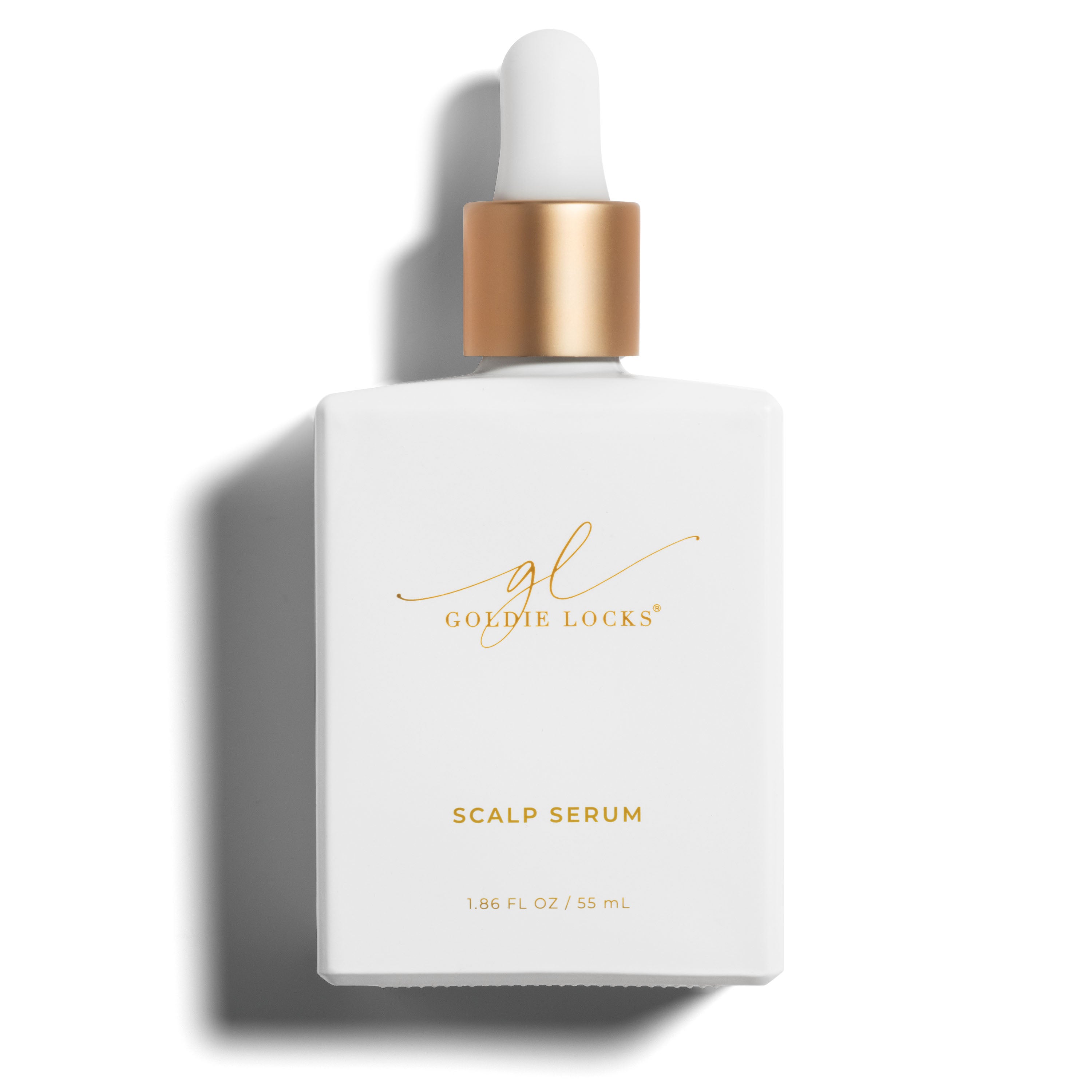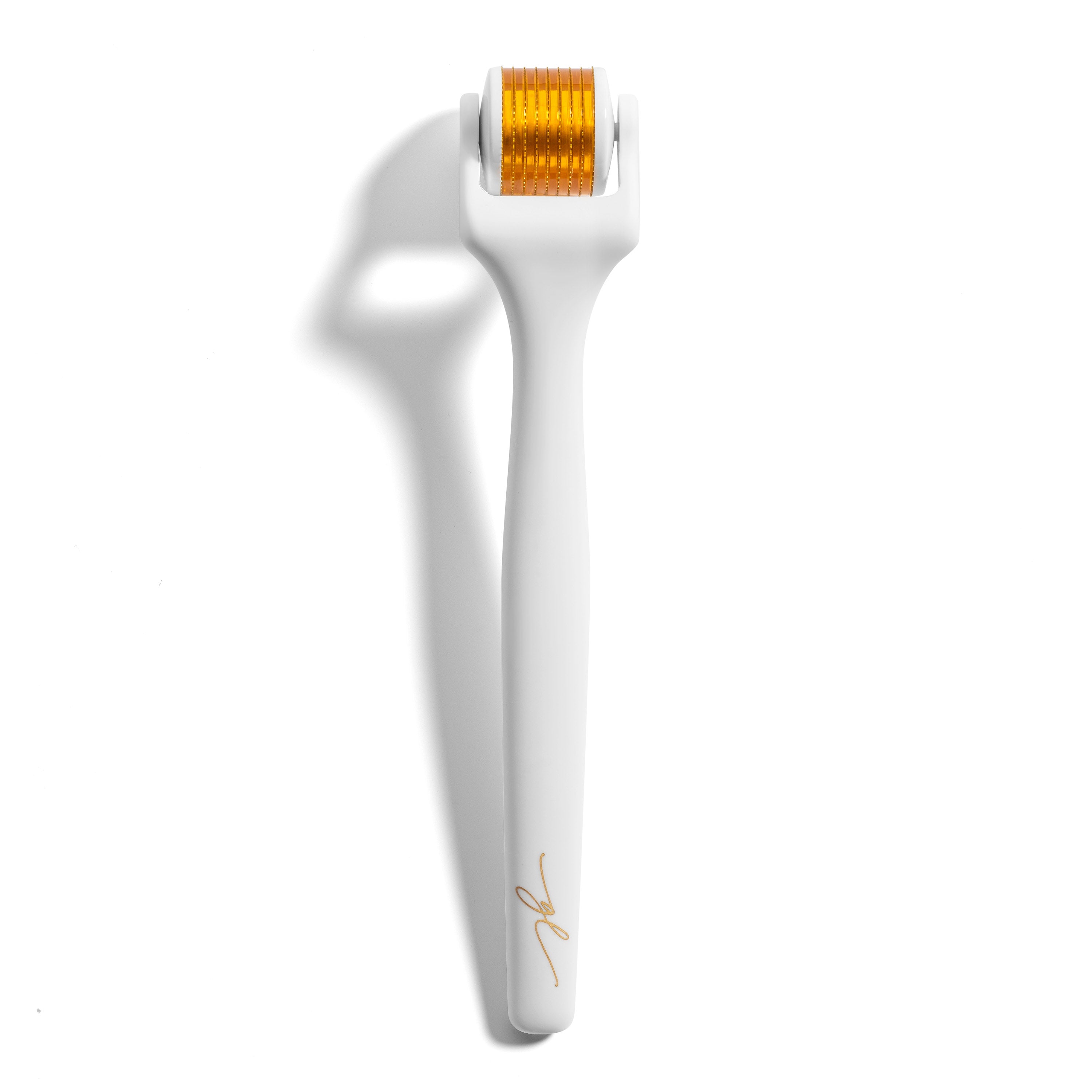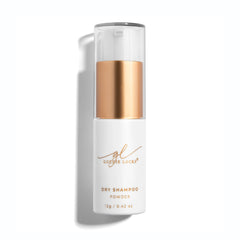Hair shedding is a natural part of the hair’s life cycle and it occurs during the resting and shedding phase. Excessive shedding is often triggered by a temporary stressor such as illness, surgery, or emotional strain.
On the other hand, hair loss typically results in a noticeable reduction in hair density or the appearance of bald patches. It is usually associated with an underlying health condition or more persistent disruption of the hair growth cycle.
While hair shedding and hair loss can look alike at first glance, understanding their differences matters. They often arise from distinct causes and require different approaches to care and treatment.
Index
Hair Shedding vs. Hair Loss: The Key Differences
Hair Shedding:

Hair shedding is a natural, cyclical part of the hair growth process. On average, adults shed 50 to 100 hairs per day, which is considered normal.
As long as this shedding doesn’t lead to visible thinning or bald patches, it’s generally not a cause for concern. This routine turnover allows room for new, healthy hair to grow.
Hair Loss:

While hair shedding is typically not linked to a health issue, hair loss can be.
Unlike shedding, hair loss may occur alongside other symptoms such as itching, burning, or tenderness of the scalp, signals that something deeper could be affecting your hair and scalp health.
Common causes of hair loss include:
- Aging
- Genetics
- Significant weight changes
- Nutritional deficiencies
- Hormonal imbalances
- Certain medical conditions
- Harsh styling or chemical treatments
- Some medications, including chemotherapy
Hair shedding is like a dog naturally shedding its winter coat: normal and seasonal. Hair loss is like patches of fur falling out unexpectedly, signaling something might be wrong
Expert Insight:
“I like to think of hair as something that talks to you and reflects how you’re treating yourself, inside and out. I describe shedding like it's a season, especially like Fall when the leaves naturally fall from the trees, our hair goes through a normal cycle and sheds a certain amount daily. But when it moves into hair loss, that’s when we need to look deeper, what’s going on in your body, your stress levels, your nutrition, your environment? Are you truly taking care of yourself? Because your hair will always tell you the story.” - Erin Caltabiano
The Hair Growth Cycle Explained Simply

Hair growth follows a repeating cycle:
- Anagen (Growth Phase): This active phase lasts 2 to 6 years, during which the hair grows steadily. At any given time, about 88–90% of your hair follicles are in this stage.
- Catagen (Transition Phase): Lasting around 4 weeks, this brief phase marks the end of active growth. The hair detaches from its blood supply and begins transitioning toward shedding.
- Telogen (Resting/Shedding Phase): This phase lasts 3 to 4 months. Hair rests, then naturally sheds to make way for new growth as the cycle begins again.
Visual Clues: What Shedding vs. Hair Loss Looks Like
What Hair Shedding looks like:

- Strands often have a white bulb at the root, indicating they were in the telogen (resting) phase.
- The length and texture of shed hairs typically match the rest of your hair.
- Shedding may increase temporarily after stress, illness, childbirth, or seasonal changes.
How Shedding Appears:
- You may notice more hair than usual in your brush, shower drain, or on your pillow.
- No visible thinning or bald spots on the scalp.
- Shedding is usually temporary, lasting a few weeks to a few months.
What Hair Loss looks like:

- Hair may fall out without the white bulb, or break off mid-shaft.
- You might see short, broken hairs, or find that hair isn’t growing back in affected areas.
Common Loss patterns:
- A widening part or thinning at the crown.
- Patchy hair loss, which may suggest conditions like alopecia areata.
- Gradual overall thinning that doesn’t improve over time.
Quick Self-Checks:
- White bulb on shed hair? Likely normal shedding.
- Scalp becoming more visible? Could indicate early hair loss.
- Has it been more than 6 months? Consider seeing a dermatologist for evaluation.
- Recently experienced stress, illness, or hormonal changes? Shedding could be a temporary response.
- Compare old photos. Look for subtle changes in hair density or hairline recession over time.
Common Situations: Shower Hair, Brush Hair, and Beyond
It’s completely natural to feel concerned when you notice more hair than usual in the shower or on your pillow. But more often than not, this doesn’t mean you’re experiencing true hair loss.
Shower Hair

- What’s Normal: A quarter-sized clump (roughly 30–100 strands) is typical after washing, especially if you haven’t washed your hair in a few days.
- What’s Excessive: A golf ball-sized clump or more, particularly if this continues daily for several weeks, may be worth monitoring.
Brush Hair

- What’s Normal: Up to 50 strands, especially after skipping a day of brushing.
- What’s Excessive: Large tangles of hair filling the brush each time, or needing to empty it daily.
Pillow Hair

- What’s Normal: A few stray strands, typically fewer than a dozen.
- What’s Excessive: Clumps of hair or visible thinning in the areas where your head rests.
Shedding can spike due to temporary triggers like:
- Stress
- Illness or surgery
- Hormonal changes
- Certain medications
- These forms of shedding usually resolve within a few months.
When to see a dermatologist or trichologist
- Shedding lasts beyond 6 months
- There’s visible thinning or bald spots
- Hair loss is accompanied by scalp irritation, pain, or inflammation
Expert Insight:
“One surprising cause of hair shedding is being under anesthesia. With more people getting cosmetic procedures, it’s important to know that anesthesia, along with the medications and physical stress that follow, can trigger a temporary cycle of hair loss. Your body shifts its energy toward healing, which means less energy goes into hair growth. It’s temporary, but being aware can help ease the stress if you start noticing extra shedding after surgery” - Erin Caltabiano
When to Worry and What to Watch For

Not all hair shedding is a cause for concern, but certain patterns and symptoms may suggest something more is going on and could benefit from professional evaluation.
Symptoms to Watch For:
- A widening part or visible scalp at the crown or temples
- Patchy bald spots or sudden circular areas of hair loss
- A thinner ponytail or noticeably reduced volume
- Scalp sensitivity, burning, or itching
- Lack of visible regrowth (no baby hairs or fine new strands)
- A family history of baldness or thinning
- Ongoing breakage, dryness, or brittle strands
- Hair that’s falling—but not growing back
Consult a Specialist If:
- Shedding lasts longer than 3 months
- There are no signs of regrowth after 6 months
- You notice a gradual decrease in hair density over time
What You Can Do: Monitoring, Managing, and Seeking Help
If you're noticing more hair fall than usual, you're not alone, and you're not without options. From self-monitoring to nourishing your body and scalp, there are meaningful steps you can take to understand what’s happening and support your hair’s natural cycle.
-
Self-Monitoring Tips:

- Take regular photos of your hairline, part, crown, and temples in consistent lighting.
- Watch for baby hairs, thin, wispy strands that signal healthy regrowth.
- Note changes after stress, illness, new products, or dietary shifts.
-
Support Hair through Nutrition:

- Prioritize protein-rich foods and key nutrients like iron, zinc, and B vitamins.
- Stay hydrated to help maintain scalp circulation and cellular health.
-
Manage Stress:

- Meditation or mindfulness breathing
- Regular movement, walking, yoga, stretching
- Adequate sleep and tech-free breaks during the day
- At-Home Treatments That May Help:

Goldie Locks® Hair Supplements
Target internal disruptions in the hair growth cycle, addressing inflammation, stress, and lifestyle or nutritional gaps to restore balance from within.

Revitalizes strands, provides visible density and hair growth rate. It rebalances the scalp while providing soothing benefits for dry, itchy and dandruff prone skin.

Goldie Locks® Micro-Needle Derma Roller Kit
Encourages product absorption and increases circulation, helping to boost blood flow and collagen production.
FAQs
How do you know if your hair is falling out or shedding?
Hair shedding is normal and shows up as strands with a white bulb, without visible thinning.
Hair loss is ongoing, causes thinning or bald spots, and often lacks regrowth.
If shedding lasts over 3 months or you notice scalp changes, see a dermatologist.
Will hair grow back after shedding?
Yes, hair usually grows back after shedding, typically within 3 to 6 months, as long as the follicles remain healthy.
What does shedded hair look like?
Shedded hair usually has a white bulb at the root, showing it naturally fell out during the telogen (resting) phase. The strand is full-length, smooth, and intact, with no breakage, dryness, or flaking near the root.
Is the hair shedding cycle the same as the hair loss cycle?
While both hair shedding and hair loss involve hair falling out, hair loss disrupts the growth cycle, causing hair to grow back thinner or not at all over time.
Final Thoughts
Shedding is a normal and healthy part of the hair’s natural cycle. Everyone sheds, and it’s common to see increased shedding after stress, illness, or seasonal changes.
However, if you notice more hair loss, thinning, or excessive shedding, it’s important to listen to what your hair is telling you. Catching changes early gives you a better chance to address the issue and support your hair health.


























